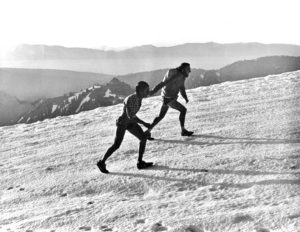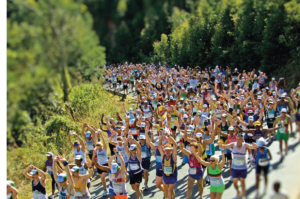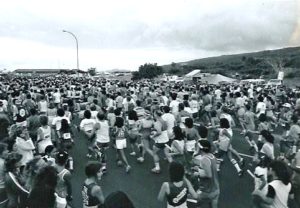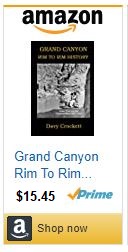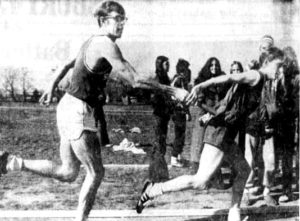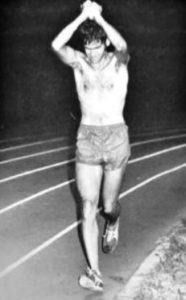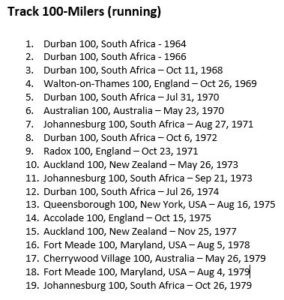By Andy Milroy

2020 was an interesting year for ultrarunning. The Covid virus meant no international championships were held, and in numerous countries the sport shutdown almost entirely. Eastern Europe was less affected during the first half of 2020, and some races were held, including national championships.
The slower paced, less intensely competitive 24-hour events look to have been more popular. The 100 km, with the prospect of runners running together, as in shorter road races, were either cancelled or attracted small numbers. In the United States where the big cities were badly hit with infection, runners went for widely dispersed trail races or virtual races. The 24 hours became less competitive time trials, with runners able to run almost in isolation, focused on their own pace. Still in the race situation, but able to space themselves out.


